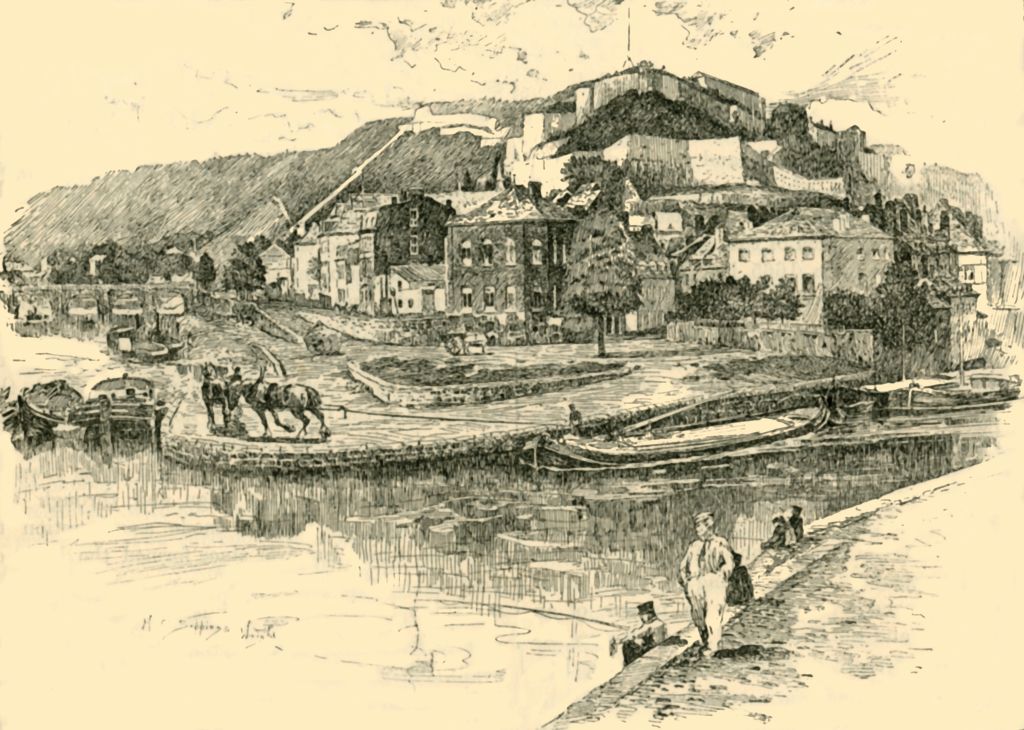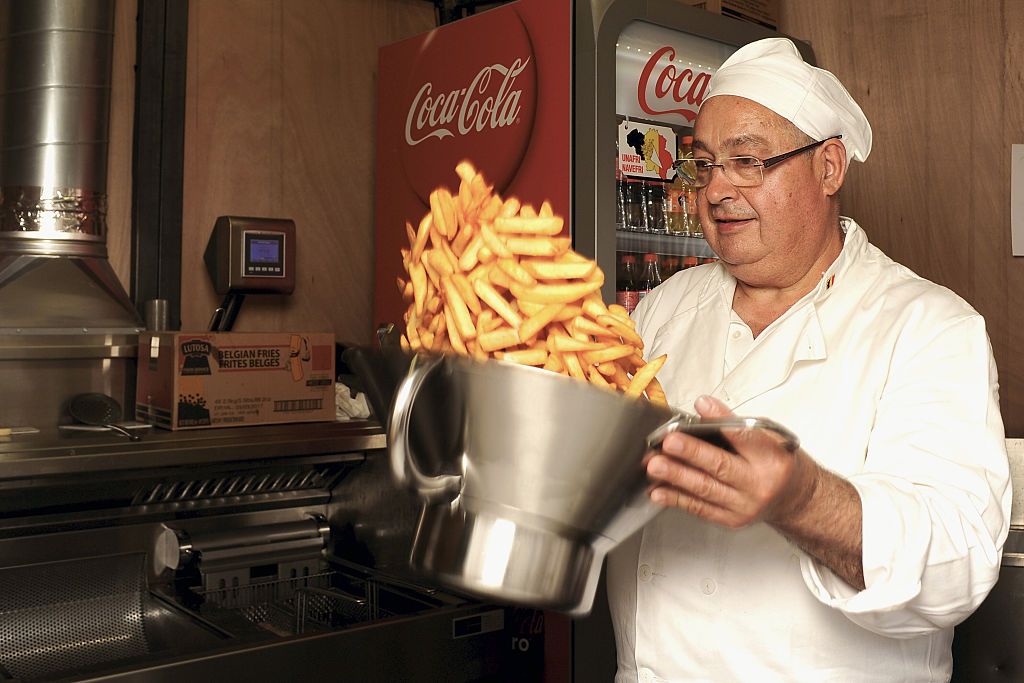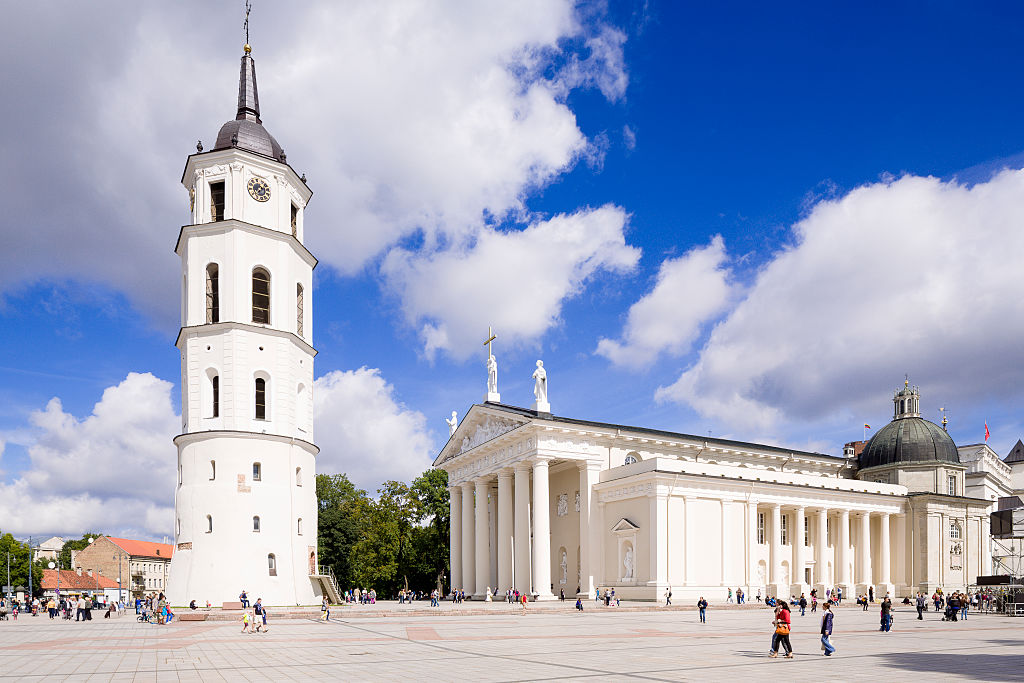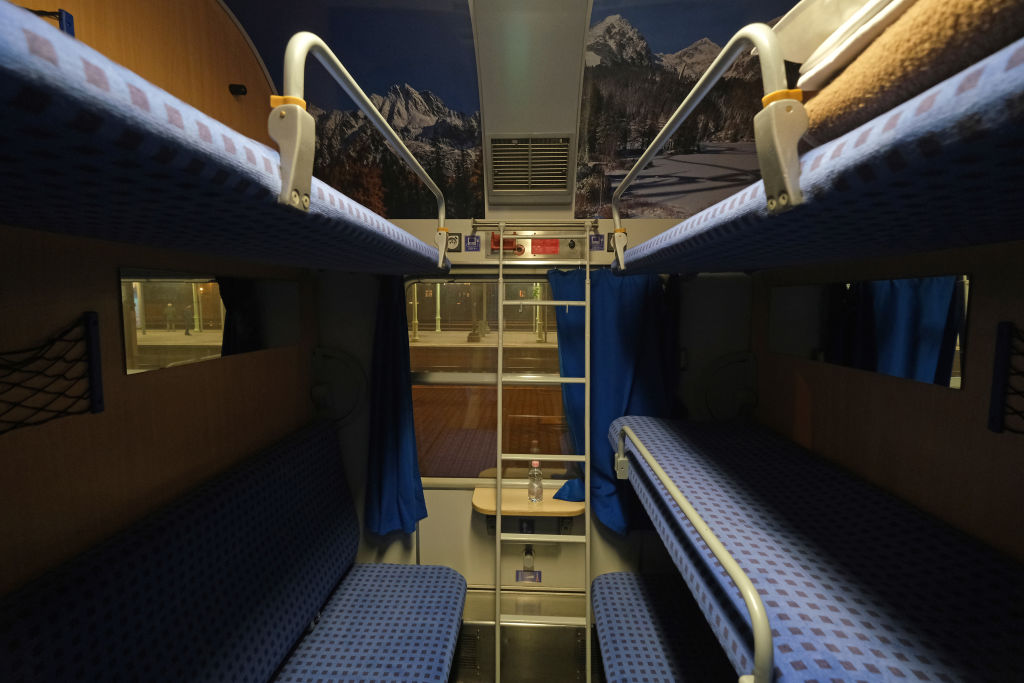The region of Galicia in north-western Spain remains a Spanish secret that foreigners rarely know about.
The few who are “in the know” likely discovered it through the Camino de Santiago pilgrimage that traverses much of the region to end in Galicia’s capital, Santiago de Compostela.
Galicia is an enigmatic treat, with a starkly unique and independent character from the rest of Spain.
Its lush and verdant landscape is often compared to Ireland’s. You can encounter Celtic crosses at the intersections of rural tracks that cows are being driven down, often by female farmers. You might even hear the bagpipes being played.
In addition to kinder summer temperatures compared to the rest of roasting Spain—one of the reasons lots of Spaniards, especially from the southern part of the country, head to this north-western region on vacation—Galicia’s rugged coastline offers a wilder and less touristy experience, where forest and rocky hillsides meet glittering beaches.
That coastline also bequeaths a regional cuisine strongly based on fish and seafood. The region is famed for its fried pulpo—octopus—and Albariño, a white wine with strong floral and citrous undertones.
The lack of awareness about Galicia means that its cities are not teeming with foreign tourists—often most foreigners in Galician cities will be those doing the Camino—even though they are well worth visiting.
Pontevedra is located on the edge of an estuary at the mouth of the Lérez river by the sea and has a long maritime and tradition tracing back to the Romans.
It contains “one of the largest and most elegant historic quarters in the whole of Galicia”, full of exquisite architecture and elegant old churches.
The cities of Ourense and Lugo offer the usual Spanish mix of dramatic architecture—Lugo’s mighty Roman wall that surrounds its historic quarter is a UNESCO World Heritage Site—outdoor tapas lifestyle and lively Spanish conviviality on the streets.
But it’s Santiago de Compostela that really is the Galician city to write home about. There is a strange but uplifting Groundhog Day rhythm to the city’s life due to its pilgrimage destination status.
In the early hours, the narrow granite streets around the cathedral are deserted aside from vans making deliveries.
Crates of Estrella Galicia beer are deposited along with trays of fish and bags of oyster shells, while sweating men wheel great stacks of loo roll, bottled water and soft drinks to the restaurants, hotels and hostels catering to the pilgrims yet to arrive.
As the morning proceeds, the rucksacks and walking sticks start to become more prominent as the pilgrims emerge. By around 11 a.m. there are hordes of them filling the Plaza del Obradoiro next to the mighty cathedral.
Groups are splayed out on the ground using their rucksacks as head rests from which to gaze up at the cathedral’s stunning façade. People are hugging and crying. Some will have walked more than 500 miles to get to the city.
Afterwards, it usually gets lively as celebrating pilgrims mix with locals during the afternoon and into the night. Then, the next day, it happens all over again as a fresh influx of pilgrims arrives.
This daily infusion of celebratory pilgrims mixing with friendly locals maintains a hopeful and exuberant energy that pervades the city and often seems to seep from its very walls.
The main problem for the visitor to Santiago de Compostela can be remembering that there is still so much else to see in Galicia. It can be hard to leave the city!





